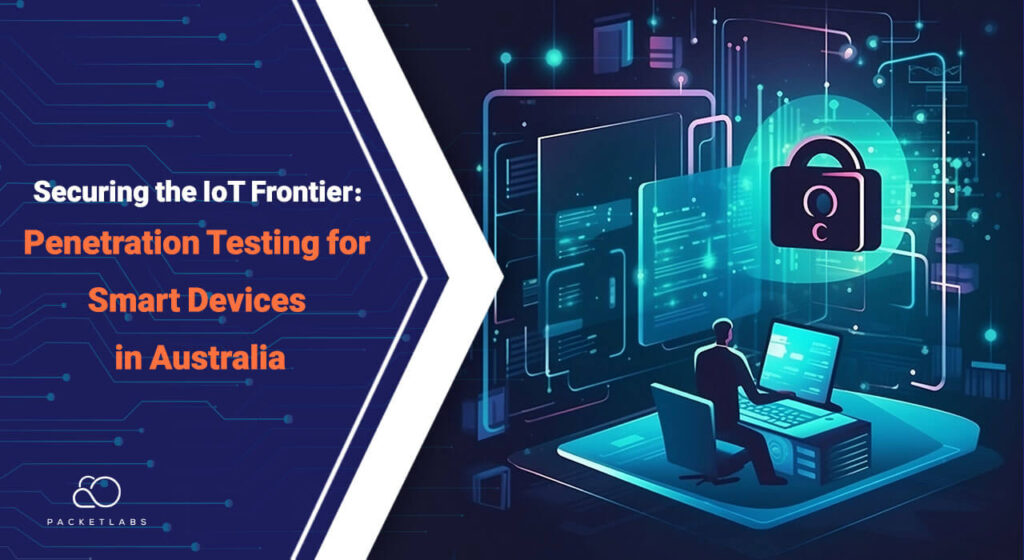
In the dynamic world of technology, the Internet of Things (IoT) is revolutionising Australian life. From smart homes to connected healthcare, the IoT network is rapidly expanding. However, this growth also brings unique security challenges, especially in Australia’s tech environment. Therefore, this article explores these issues and highlights how penetration testing is vital for securing IoT devices in Australia.
The IoT Landscape in Australia
In the dynamic technological landscape, the Internet of Things (IoT) is transforming how Australians interact with their surroundings. From smart homes to connected healthcare devices, the IoT network is rapidly expanding.
However, this burgeoning growth brings unique security challenges, particularly in the context of the Australian technological environment.
This article delves into these challenges and examines how penetration testing plays a pivotal role in securing IoT devices across Australia.
Unique Challenges of IoT Security
IoT security poses distinct challenges. Firstly, the sheer volume and diversity of IoT devices create a vast attack surface. Each device, from smart fridges to wearable health monitors, can potentially be a gateway for cybercriminals.
Secondly, the interoperability of IoT devices can also present a dual challenge. While it enhances user convenience, it also means that compromising one device can lead to vulnerabilities across the entire network.
Lastly, many IoT devices have limited processing power and storage, which restricts the implementation of conventional cybersecurity measures.
The Role of Penetration Testing in IoT Security
Penetration testing, or pen testing, plays a crucial role in addressing these security challenges. It involves simulating cyber-attacks on IoT devices and networks to identify and rectify vulnerabilities.
Benefits of Penetration Testing for IoT Devices
1. Identifying Vulnerabilities
Penetration testing reveals potential security flaws in IoT devices and networks that might be exploited by attackers.
2. Ensuring Compliance
In Australia, compliance with data protection regulations, such as the Privacy Act 1988, is crucial. Penetration testing plays a vital role in ensuring that IoT devices adhere to these regulations, thereby safeguarding user data
3. Customised Security Solutions
Given the diversity of IoT devices, penetration testing offers tailored insights for each device type, allowing for the development of specific security measures.
4. Building Consumer Confidence
By regularly conducting penetration testing, manufacturers and service providers can assure Australian consumers of the safety and reliability of their IoT devices.

Implementing Penetration Testing in the IoT Context
For conducting effective penetration testing of IoT devices in Australia, several factors need to be taken into account:
1. Continuous Testing
Given the rapid evolution of IoT technology and cyber threats, regular and ongoing penetration testing is essential.
2. Expertise in IoT Security
It is crucial to collaborate with cybersecurity professionals who possess specialized expertise in IoT security to ensure comprehensive and efficient testing.
3. Comprehensive Testing Strategies
Penetration testing should encompass all aspects of the IoT ecosystem, including device hardware, software, and network communications.
4. Consumer Education
Educating Australian users about the importance of IoT security and the role of penetration testing can foster a more secure IoT environment.
As IoT technology continues to weave into the fabric of Australian society, securing these devices against cyber threats is paramount.
Penetration testing stands out as a crucial strategy in this effort, offering insights and solutions to strengthen the IoT frontier. By conducting thorough testing, adhering to regulations, and continuously educating consumers, Australia can effectively address the challenges of IoT security, guaranteeing a safe and interconnected future for all.
